While many of our classical temples and artforms have been preserved throughout the ages, many more have been lost to the ravages of time and the pages of history. And yet, through the steadfast and stubborn dedication of our cultural exemplars, some of these precious cultural gems have been revived. The rebirth of Telangana‘s heritage dance, Perini Siva Thandavam, is one such success story.
Perini Siva Thandava, or Perini, is the traditional dance of warriors before battle honoring Lord Siva. It had been mentioned by the great commentator Nandikesvara. The Kakatiyas were great bhaktas of Nataraja, and thus, the Perini art form attained its peak under them.
As with much of Telugu heritage, the story of Perini Siva Thandava begins with those very Saivite of Royals, the Kakatiyas. The temples and tales they left behind tell of this legacy.
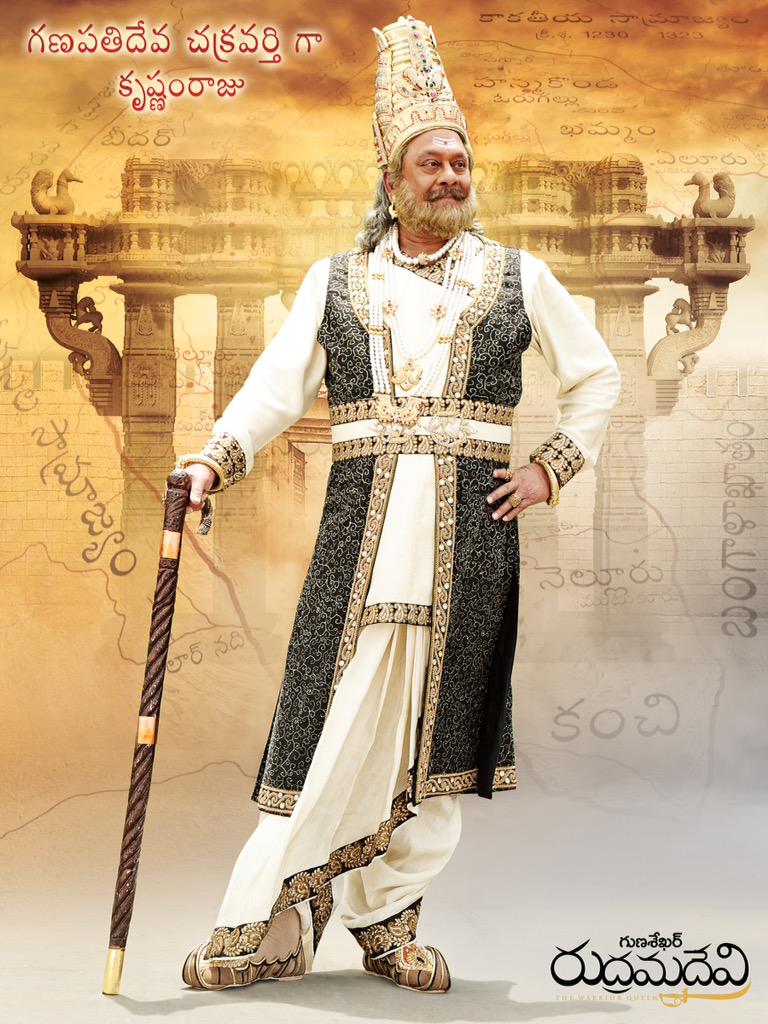
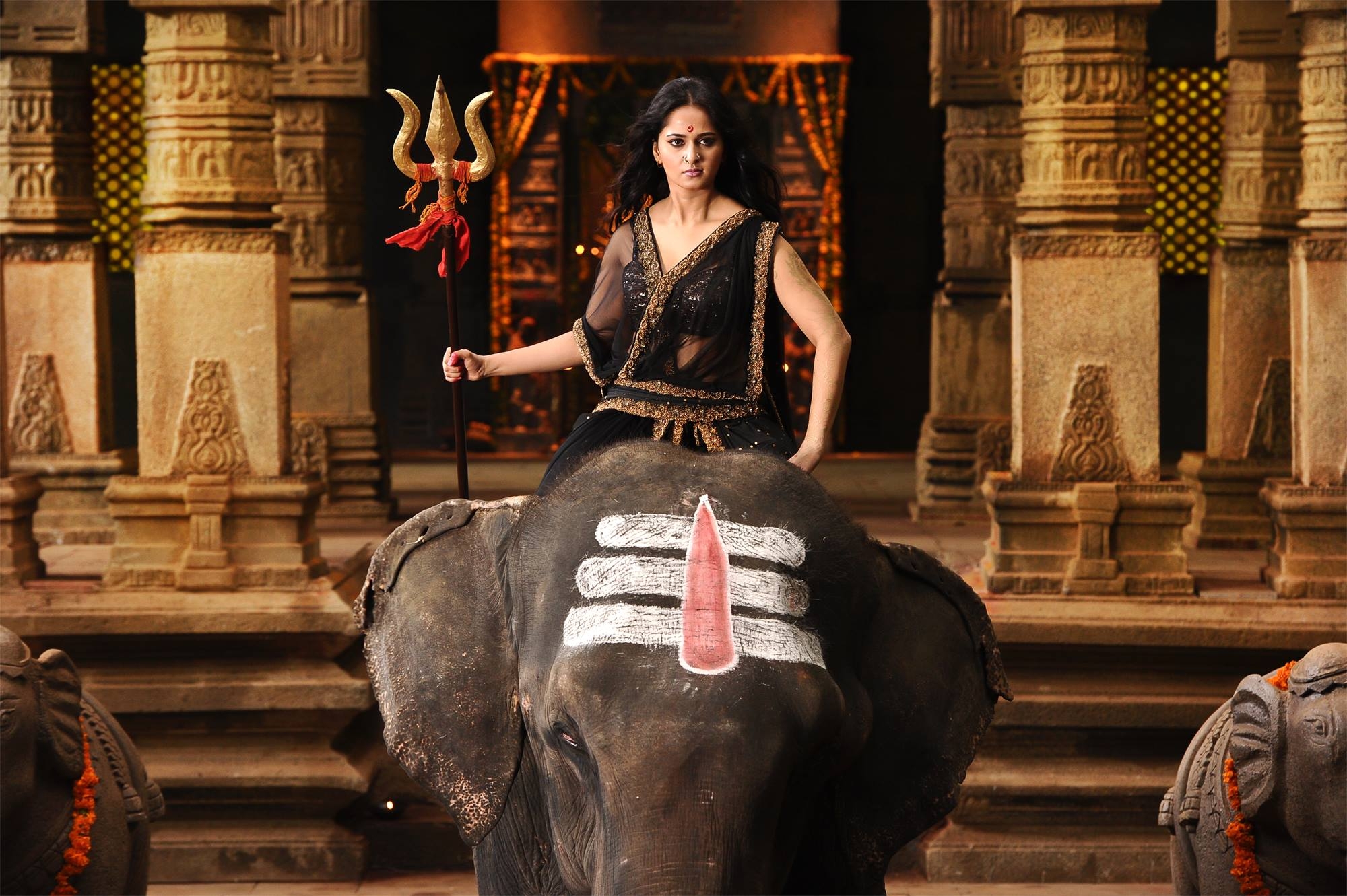
Ganapati Deva‘s commander of the elephant corps, Jayana Nayak, is said to have performed the dance before his army to boost morale. It therefore became a natural method to stimulate the warrior spirit.
With the fall and destruction of Warangal, however, the grand tradition of Perini Thandava was lost during the pillage and rapine of the Turkic invaders. It became all but extinct until 1974, when it again graced the stage for the first time in 800 years.
Padmi Shri Nataraja Ramakrishna is the guru of Natya who is responsible for reviving this artform. Ramakrishna would go on to revive not only Perini but Andhra Natyam as well. Fittingly, his mother was from Nalgonda district in Telangana and his father was from East Godavari in Andhra Pradesh. Though he was born in Indonesia, he soon returned to India. Nataraja Ramakrishna was a student of Kuchipudi and Bharatanatyam, and studied under Natyacharya Vedantam Lakshminarayana Sastri, the famous Kuchipudi exponent who opened the dance style up for women. Starting from 1971, Ramakrishna gaaru closely studied not only historical texts such as the treatise Nrtta Ratnavali, but also the dance poses of the famous statues of the Ramappa Temple just outside of Warangal.
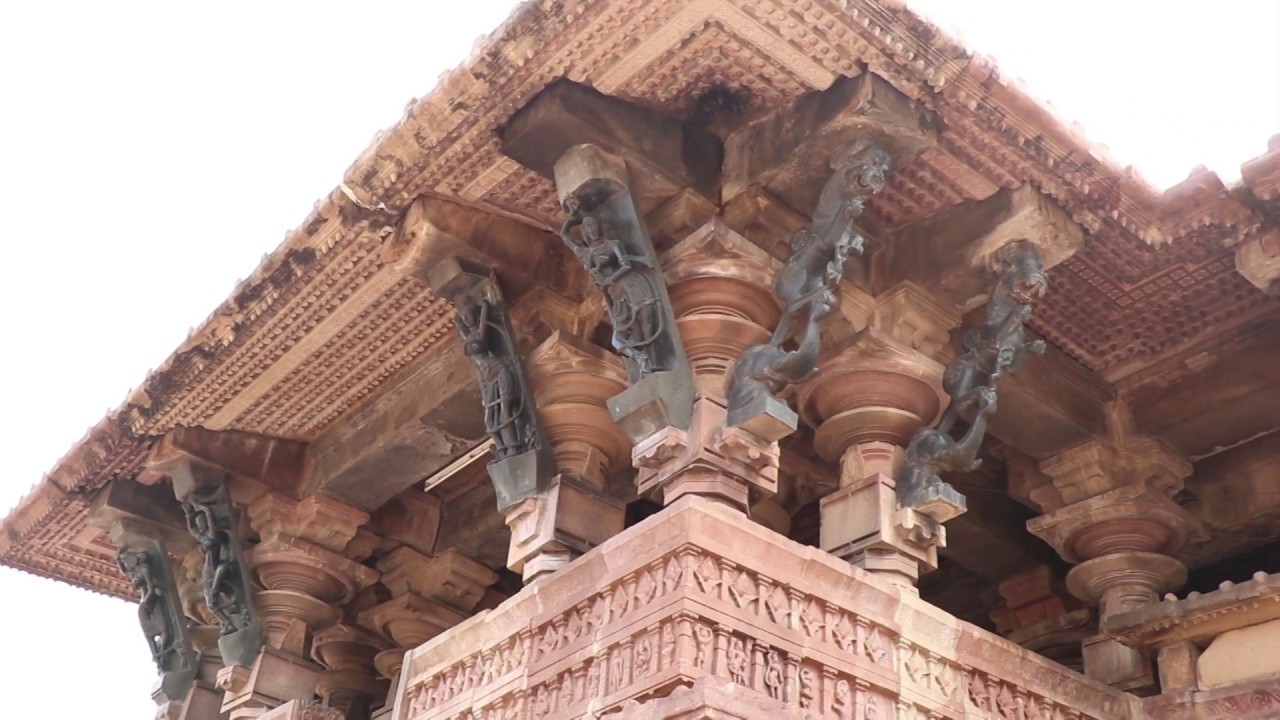
After decades of dedication, he was able to first write commentaries on the style before instructing students, ultimately nurturing the return of this great warrior dance. [3] An exponent of Kuchipudi, instructor of Bharatanatyam, reviver of Andhra Natyam, and reconstructor of Perini, he truly was a jewel of the Telugus.
Incidentally, Vempati Chinna Satyam, another student of Vedantam Sastri and an Andhra Ratna in his own right, famously choreographed the Thandava dance for NTR in Narthanasala. Whether it was influenced by Nataraja Ramakrishna’s efforts in Perini is a question for Nataraja himself.
Either way, one can practically imagine Arjuna, even post-Brihannala, dance in Perini Thandava’s martial fury before entering the Kurukshetra.
Characteristics
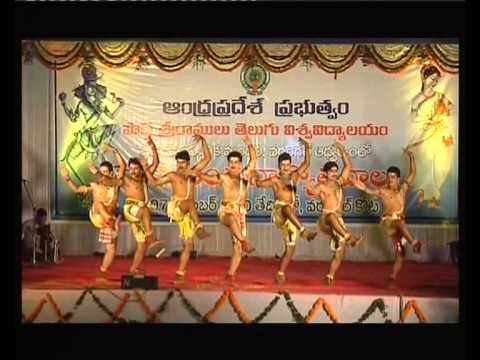 Perini takes its name from the Sanskrit word Prerana (“to inspire and invigourate”). Indeed, the rhythm and pace of the dance clearly achieves just that, no doubt one of the reasons why it was used by the famous Kakatiya general to inspire his troops.
Perini takes its name from the Sanskrit word Prerana (“to inspire and invigourate”). Indeed, the rhythm and pace of the dance clearly achieves just that, no doubt one of the reasons why it was used by the famous Kakatiya general to inspire his troops.
There are in fact two varieties of Perini, one is Perini Siva Thandavam for men and the other is Perini Lasyam for women.
Classical dance has two styles, Marga and Desi. Marga is more spiritual in nature, while Desi is more popular and dramatic in nature and theme. Though Perini officially belongs to the Desi class which became predominant in Telangana, even casual observance affirms its Saiva spiritual qualities. Indeed, Lord Siva is considered the Supreme Dancer, and one of the objectives of Perini is to bring the dancer closer to consciousness of him. Above all, Thandava itself is the name of the dance of destruction performed at the end of each Kalpa. While recent attempts to secularise the dance attempt to deny this link, the proof itself is in the name given by its reviver: Perini Siva Thandava.
In any event, the most immediately noticeable aspect of this dance is the rapid-fire tempo and execution of moves. It is easy to see why it was the virile dance of warriors. “An interesting aspect about this form is its Music. Use of Conch, Drums, Bells and [Rhythmic] Syllables change the atmosphere enabling dancers to reach a point of frenzy.” [4]
According to noted Perini exponent, Kalakrishna there are five ‘angas’ of Perini:
Ghargaram (footwork), Vishamam (acrobatic), Bhavashrayam (imitation of nature, animals and demons), Kaivaram (in praise of kings and gods) and Geetam (music). [Nataraja Ramakrishna]reconstructed Ghargaram and Vishamam parts — the rest he could not because of paucity of funds and dancers willing to train). [2]
There has been some debate about whether Perini is a classical (saastriya) or colloquial (janapada) dance. However, even a casual observer of dance can see the redolence of traditional strictures of classical dance and the principles of the ancients at play. It is imbued with the rasas of Raudram (fury) and Veeram (valour). Indeed, the text on which it is primarily based (Nrtta Ratnavali) and Natyacharya Nataraja Ramakrishna’s own training in Kuchipudi and revival of Andhranatyam only further weight the argument in favour of classical status. At present, due the reconstructed nature of both Andhranatyam and Perini, neither have received classical status from Sangeet Natak Akademi.
Future
Perini Siva Thandava is an important part of the heritage of traditional Telangana and one of its many contributions to the common Telugu culture. Whether for floats or future public investment, this great heritage artform must be given patronage at all levels of society: government, elite, and mass.
It is now considered the state dance of Telangana. Though traditionally associated with men, due to the martial associations and applications, scholars of Saastriya Nrtya have determined that Perini is also for girls. Perini Lasya was formed, and is now taught along side Thandava. Lasya refers to feminine grace while thandava refers to the vigourous male martial aspects. Irrespective, merely watching a performance of Perini is enough to inspire even the most Gandhian of pacificists to leap into battle! Truly, it is not only a dance of destruction for our enemies, but a spiritual experience for performers and audience alike.
While recent moves to revive it are indeed welcome, it will take the effort of local leaders and eminent citizens to ensure this traditional dance is preserved and passed on to the next generation.
Perini’s renaissance itself is not only a success story for the Arts of Ancient and Medieval Bharat, but serves as a case study for the Revival of Classical Indic Civilization.
References:
- http://www.thehindu.com/todays-paper/tp-features/tp-fridayreview/moments-in-time/article4560141.ece
- http://www.ahmedabadmirror.com/others/sunday-read/Perini-Lost-and-found/articleshow/48127957.cms
- http://www.thehindu.com/news/national/andhra-pradesh/article2084870.ece?homepage=true
- http://web.archive.org/web/20091027175137/
- http://www.thehindu.com/todays-paper/tp-national/tp-telangana/course-on-ts-dance-forms-introduced/article7840454.ece
- http://www.thehindu.com/todays-paper/tp-features/tp-fridayreview/in-need-of-attention/article659855.ece
- http://www.exoticindiaart.com/book/details/andhranatyam-lasya-dance-tradition-of-andhras-rare-book-NAJ098/
- http://www.thehindu.com/news/national/telangana/steps-to-revive-perini-shiva-thandavam/article7728823.ece
- http://www.thehindu.com/todays-paper/tp-features/tp-fridayreview/perini-has-lasya-too/article6571706.ece
- http://www.thehindu.com/todays-paper/tp-features/tp-fridayreview/article3231261.ece


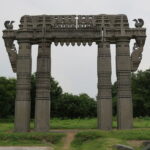
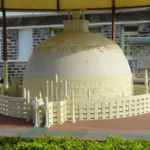




Hilarious tradition activities. Very good information provided here. Thank you.